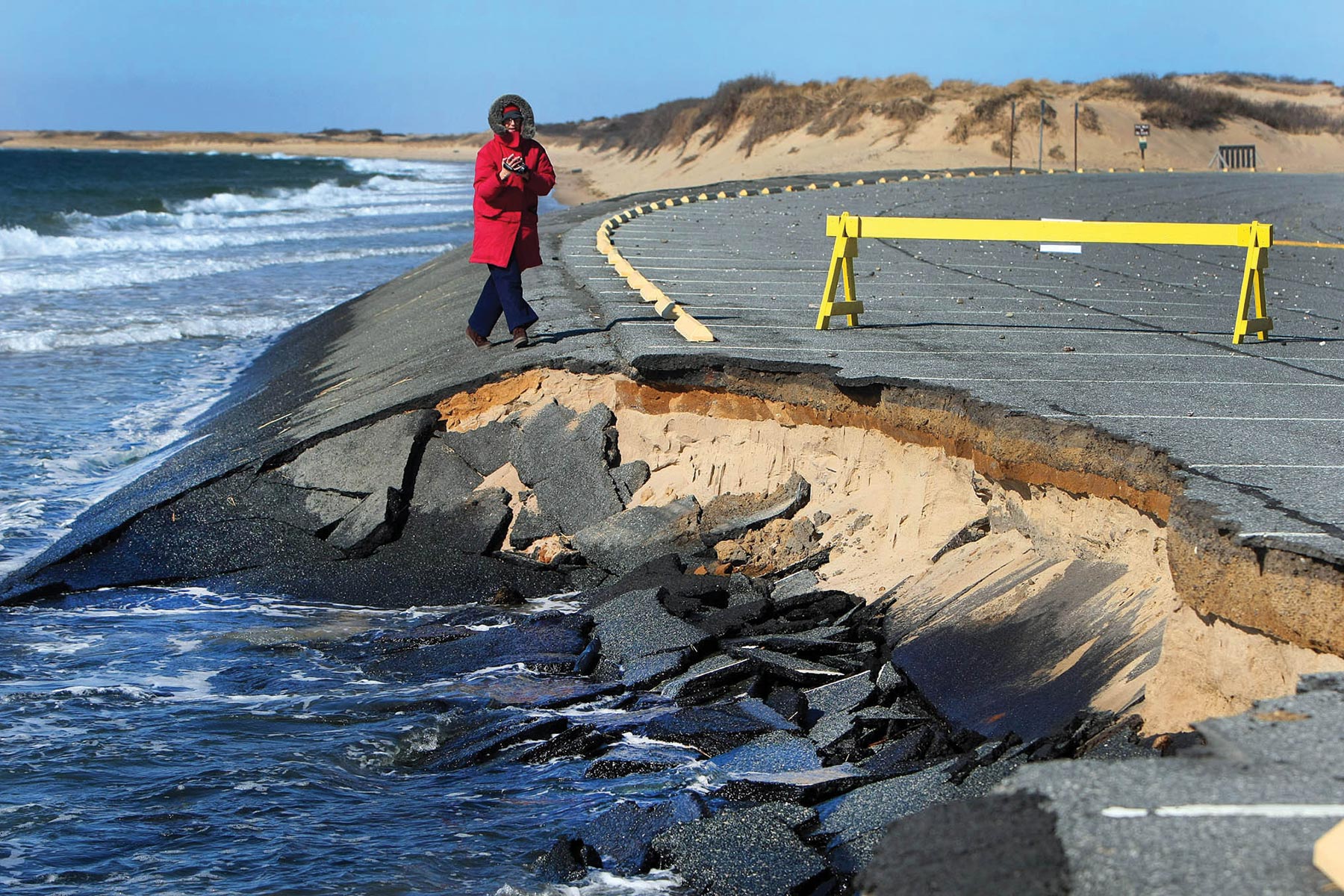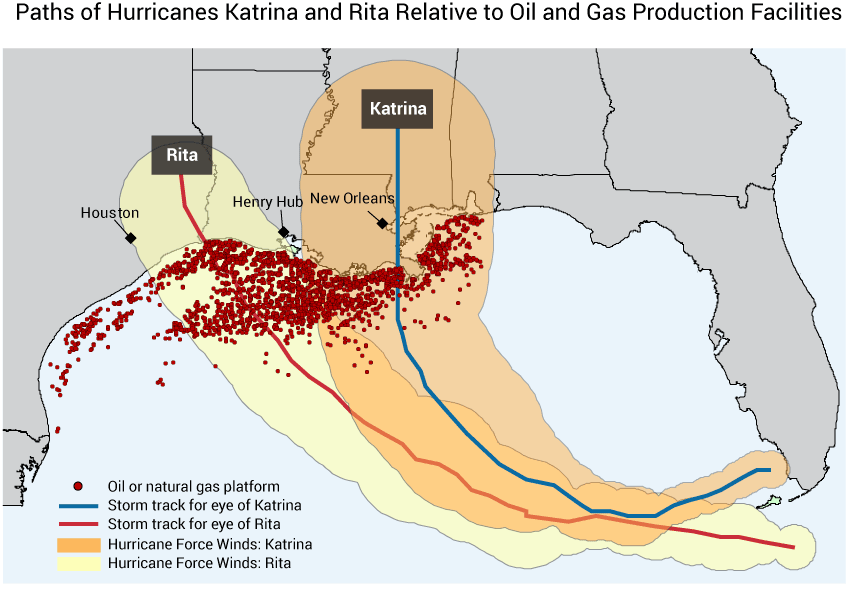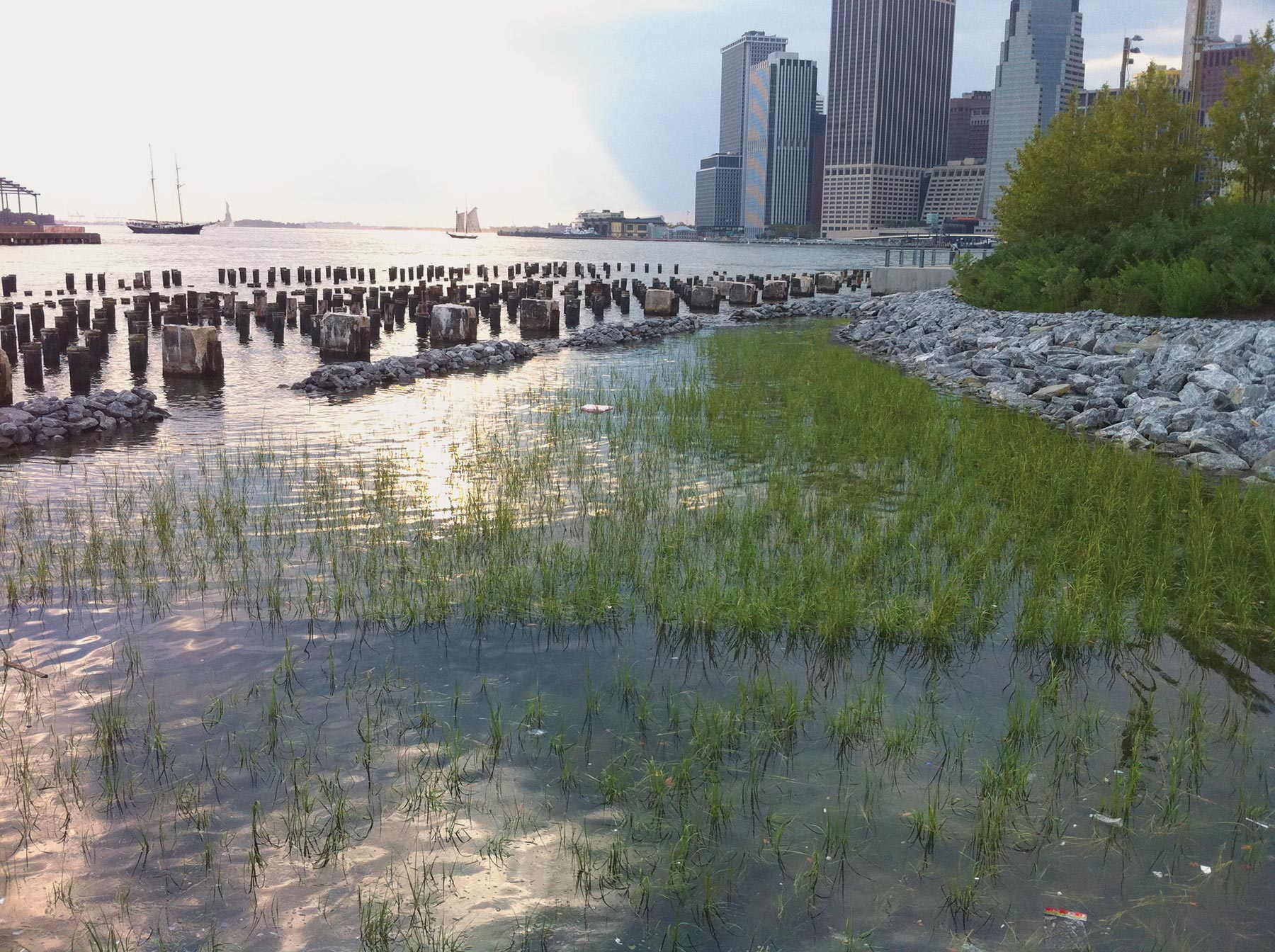Introduction
Coasts covers the special challenges faced by the coastal areas of our nation, including the Great Lakes coasts as well as ocean coasts. The Highlights section below offers a high-level overview of climate change impacts on coastal areas, including the five Key Messages and selected topics. (see Ch. 25: Coasts)




















